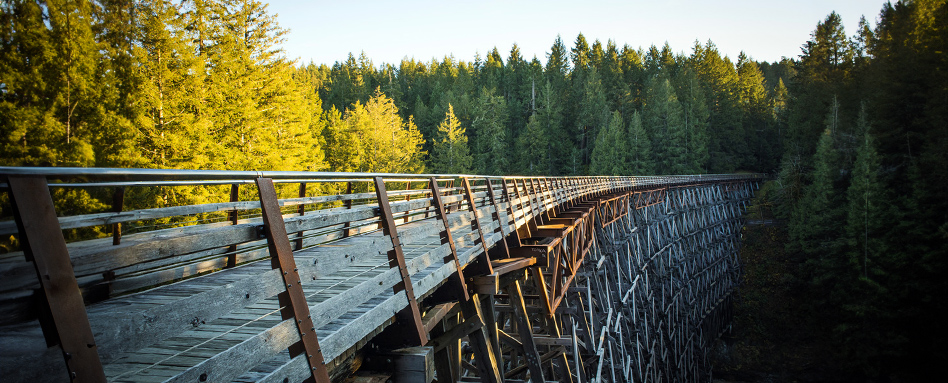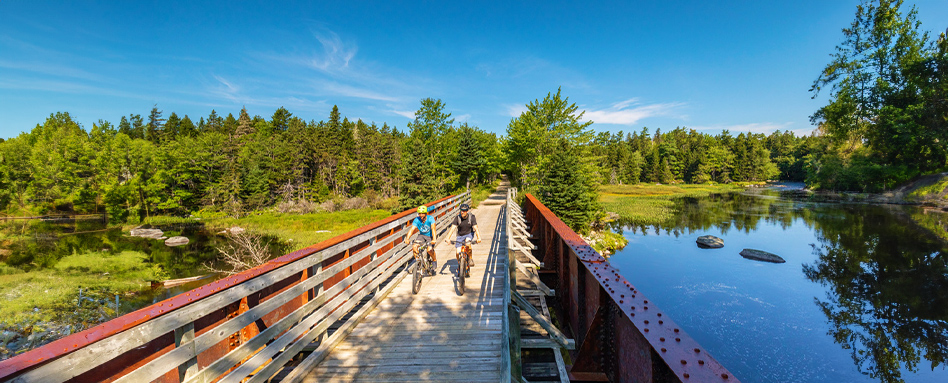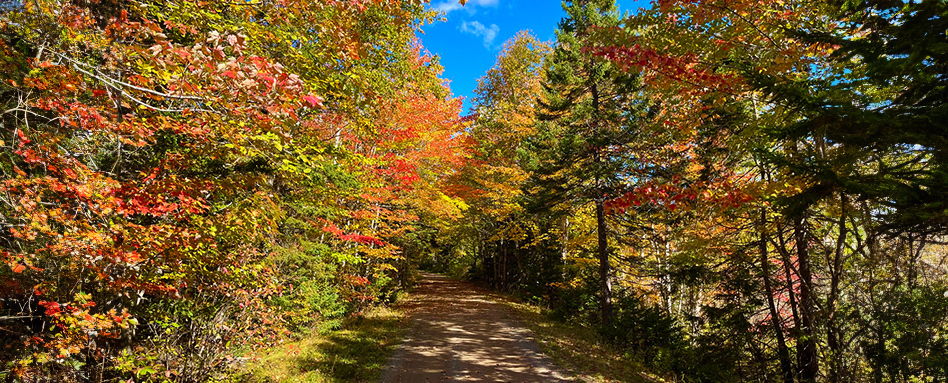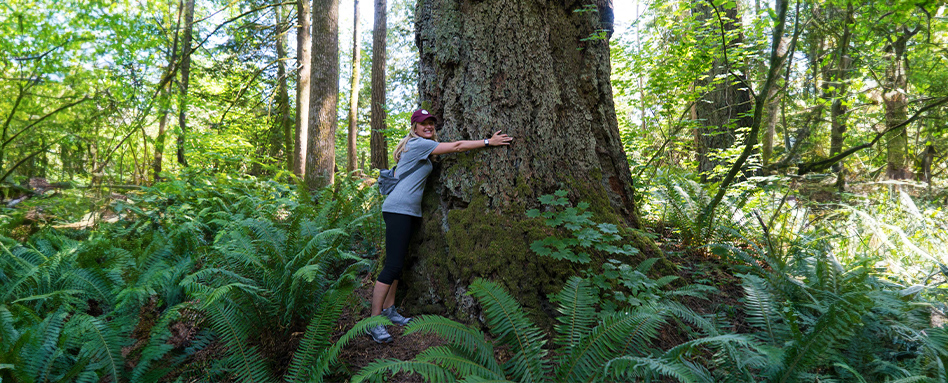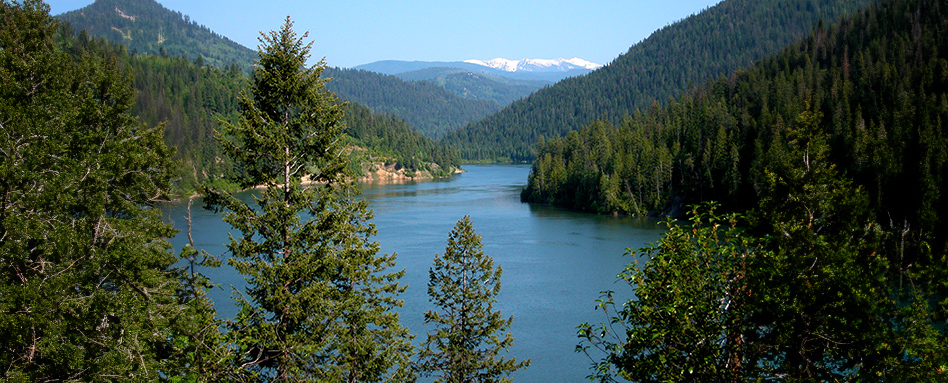Tree Planting Resource Guide
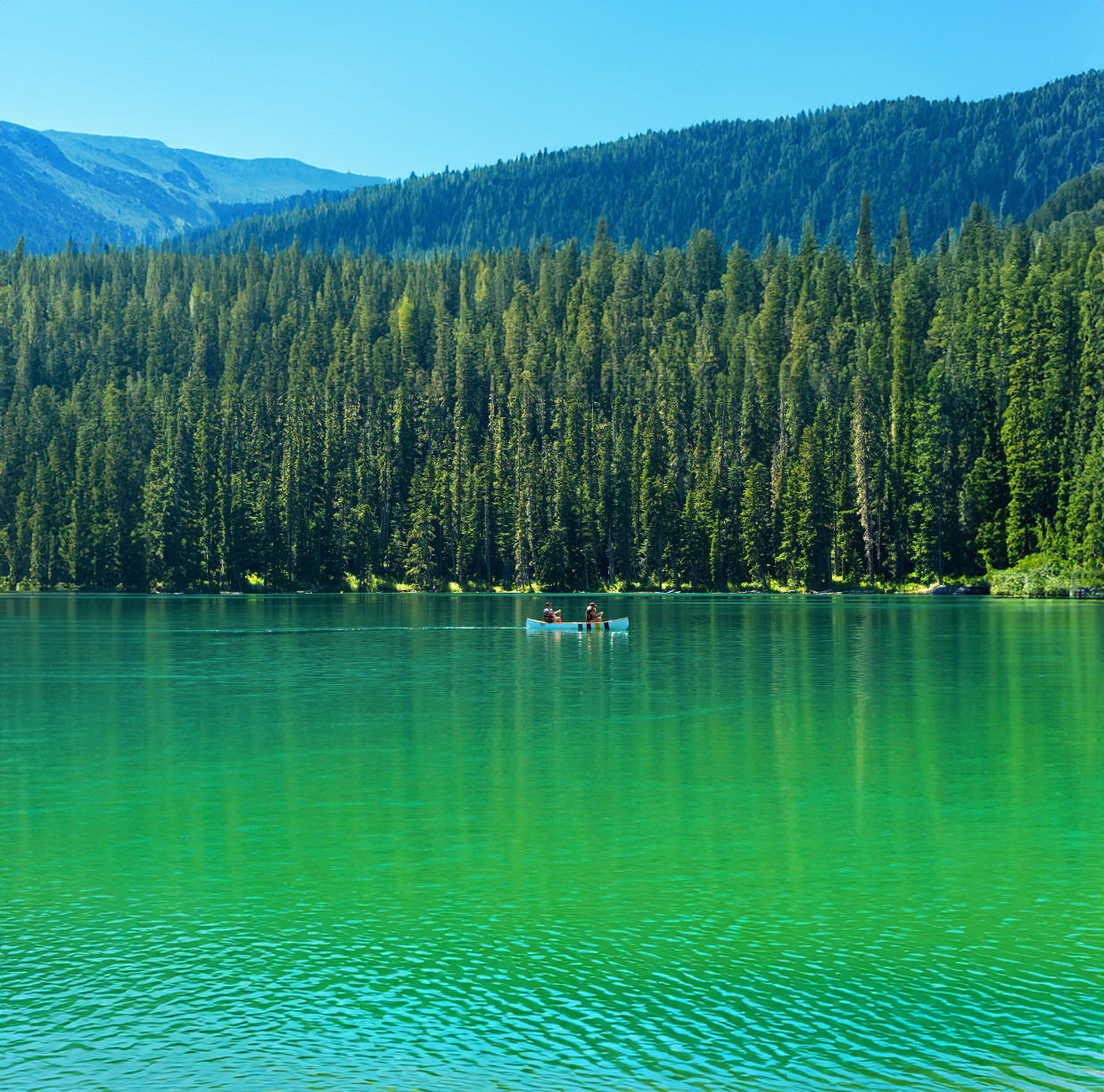
Trees are the largest and longest-living organisms in the environment. Too often, people take trees for granted and do not consider the benefits they provide. Maximizing these benefits is dependent on careful planning and selection. If a tree does not match the site, it can become more of a liability than an asset.The goal for any tree planting is to maximize the benefits and minimize the inputs necessary for it to be sustainable.
The information provided in this resource guide aims to help you better understand your planting site so you can choose a native tree species that will thrive in the location. When planting trees, we need to consider that some may not thrive and may even die. There are many factors that influence the success rate of planted trees and some factors are out of our control. Our goal is to reduce any negative impacts and give the planted trees the best chance of survival.
We recommend approaching tree-planting projects with an aim to increase biodiversity. Including a variety of native trees and plants in your project will help to increase biodiversity, foster tree growth, provide essential nutrients, attract pollinators and protect against pests and diseases. A biodiverse landscape will contribute to better soil health and ecosystem resiliency, and ensure the long- term sustainability of your project.
COMPANION
DOCUMENTS
The following companion documents have been created for reference as you plan tree-planting activities:
Objective of this Guide
Trans Canada Trail is pleased to provide this guide to help with planning and preparing to plant trees in places where they will have the best chance at success, as well as offering guidance on good planting practices. The target audience for this guide is volunteer-led trail groups. Our focus lies with this audience as many municipalities and towns and cities will have tree planting guidelines in place.
A PDF version of this document is available to download here
Conclusion
Trees, shrubs and plant life enrich spaces in many ways. Planning for their long-term health in the project you are engaged in is key to making it a success. We hope the information provided in this resource guide helps you better understand your planting site and approaches for establishing and maintaining healthy trees so they will thrive in the chosen location.

This collection of resources is being made available to the trail sector, including volunteers, to support the planting of trees. It includes information, websites and other resources that may further support tree-planting initiatives. All resources are intended for informational, educational and/or capacity-building purposes. Trans Canada Trail, its contractors and other contributors assume no liability for this content or its application. If you have a question about established guidelines for the area you are planting, check with the relevant local authority.
Indigenous Land Acknowledgement
Trans Canada Trail acknowledges that the Trans Canada Trail is situated on the traditional territory of First Nation, Inuit and Métis peoples from coast to coast to coast. Trans Canada Trail also acknowledges that the Trail includes land and water routes that were created and used, both historically and presently, by Indigenous peoples as seasonal travel and trade routes. We support community efforts to sustain a relationship with Indigenous peoples based on respect, dignity, trust and cooperation, in the process of advancing truth and reconciliation.
Acknowledgements
Our thanks to Jamie MacLean, who provided the illustrations in this guide.


